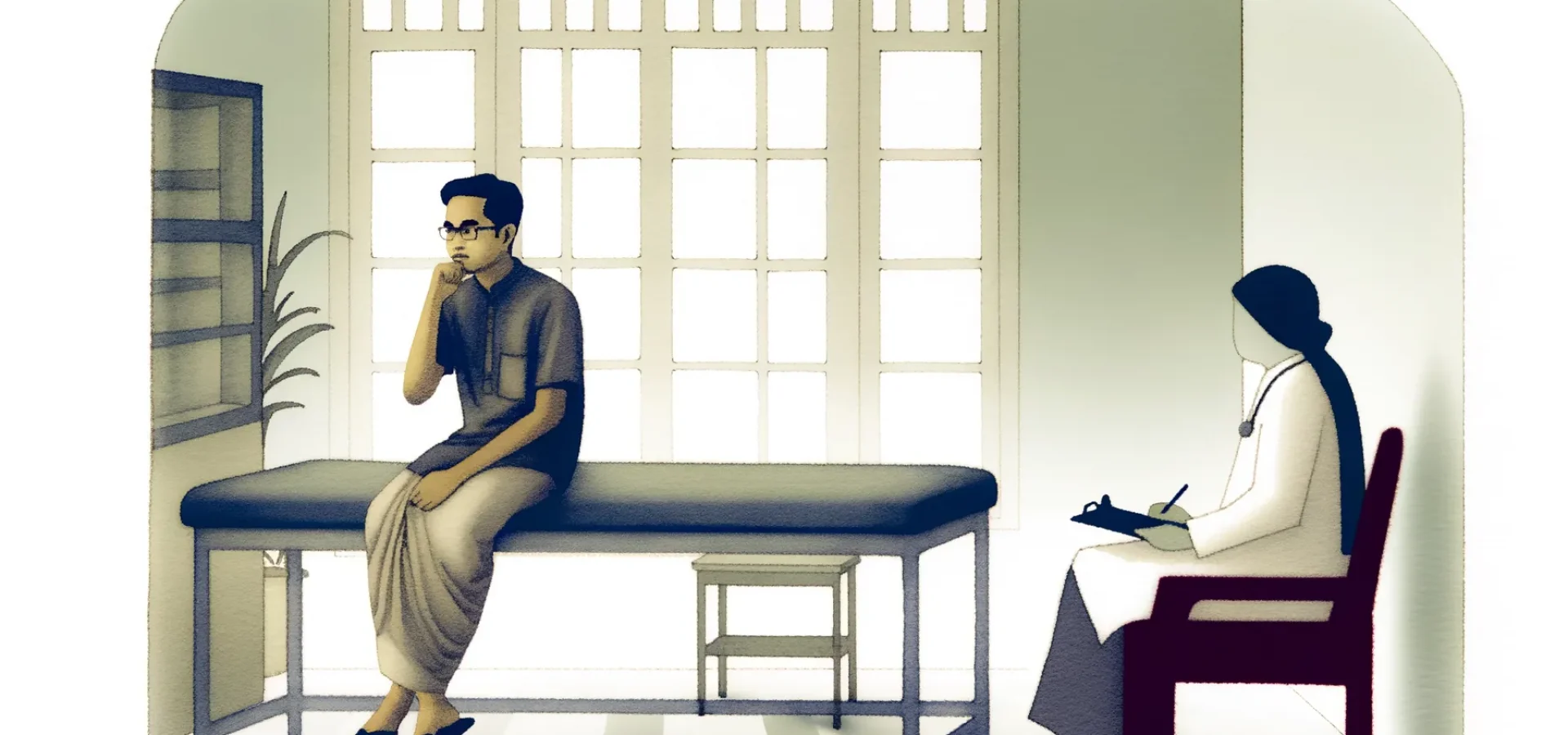
Testicular cancer is one of the most common cancers affecting young men, particularly those aged between 15 and 35. While the diagnosis of testicular cancer can be daunting, advancements in medical treatments have significantly improved survival rates. However, one of the major concerns for many men undergoing treatment is its impact on fertility. This article aims to dispel myths, present facts, and discuss options for fertility preservation for those diagnosed with testicular cancer.
Testicular cancer originates in the testicles, which are part of the male reproductive system. It usually presents as a lump or swelling and is often first noticed by the individual. Early detection is crucial for effective treatment and recovery.
The main treatments for testicular cancer include surgery, radiation therapy, and chemotherapy. Each of these treatments can have different impacts on fertility:
Surgery (Orchiectomy): This involves the removal of one or both testicles. If one testicle is removed, the remaining one can often still produce sperm and testosterone. If both are removed, testosterone replacement therapy will be necessary.
Radiation Therapy: Used primarily for seminomas, a type of testicular cancer, radiation can affect sperm production, either temporarily or permanently, depending on the dose and scope of the treatment.
Chemotherapy: Chemotherapy drugs can damage rapidly dividing cells, including sperm cells. This can lead to temporary or permanent infertility.
Fact: While treatments for testicular cancer can impact fertility, they do not always result in infertility. Many men retain fertility after treatment, especially if only one testicle is removed. It is essential to discuss fertility preservation before starting treatment to understand the potential outcomes and options available.
Fact: Young men, especially those in the prime reproductive age, should consider fertility preservation before beginning cancer treatment. Sperm banking is a common and effective method to help ensure future fertility. Discussions with a fertility specialist can provide personalized information and guidance.
Fact: Sperm banking is a straightforward and non-invasive procedure. It involves providing a semen sample that is then frozen and stored for future use. This process can usually be completed relatively quickly, even if cancer treatment needs to commence promptly.
Immediately following treatment, many men may experience a temporary reduction in sperm count and motility. Chemotherapy and radiation can both lead to a period of infertility, which may last from months to several years. Regular semen analysis post-treatment can help monitor recovery of sperm production.
In some cases, fertility may be permanently affected. This is more likely with higher doses of chemotherapy or radiation, or if both testicles are removed. It's important for men to be aware of these risks and consider fertility preservation options before starting treatment.
Sperm banking is the most widely recommended method for men undergoing treatment for testicular cancer. The process involves collecting and freezing sperm before treatment begins. The stored sperm can later be used for assisted reproductive technologies (ART) such as in vitro fertilization (IVF) or intrauterine insemination (IUI).
For men unable to produce a semen sample, testicular sperm extraction is an alternative. This minor surgical procedure involves extracting sperm directly from the testicular tissue. The sperm can then be frozen and stored for future use.
When radiation therapy is necessary, protective shielding can be employed to minimize exposure to the testicles. This can help preserve sperm production and reduce the risk of infertility.
In some cases, hormonal therapy may be used to stimulate sperm production before starting cancer treatment. This is usually considered when other methods are not viable.
Discussing fertility preservation with your healthcare team as soon as testicular cancer is diagnosed is crucial. This allows for timely and informed decisions regarding the best preservation methods.
The potential impact of cancer treatment on fertility can be emotionally challenging. Support from healthcare professionals, counselors, and support groups can provide vital assistance in coping with these concerns. Open communication with partners and loved ones is also essential to navigate these issues together.
Testicular cancer, while a serious condition, is highly treatable with modern medical advancements. Understanding the potential impact of treatment on fertility and exploring options for fertility preservation can significantly improve quality of life and future family planning. By dispelling common myths and focusing on evidence-based facts, young men can make informed decisions and take proactive steps in their cancer journey.
Early diagnosis and intervention remain key, so regular self-examinations and awareness of testicular cancer symptoms are crucial. If you or someone you know is diagnosed with testicular cancer, encourage them to discuss fertility preservation options with their healthcare provider promptly.
The content provided on this blog is for informational purposes only and is not intended to be a substitute for professional medical advice, diagnosis, or treatment. Always seek the advice of your physician or other qualified health provider with any questions you may have regarding a medical condition. Never disregard professional medical advice or delay in seeking it because of something you have read on this blog.
The authors of this blog do not recommend or endorse any specific tests, physicians, products, procedures, opinions, or other information that may be mentioned on the blog. Reliance on any information provided by this blog is solely at your own risk.
SHARE